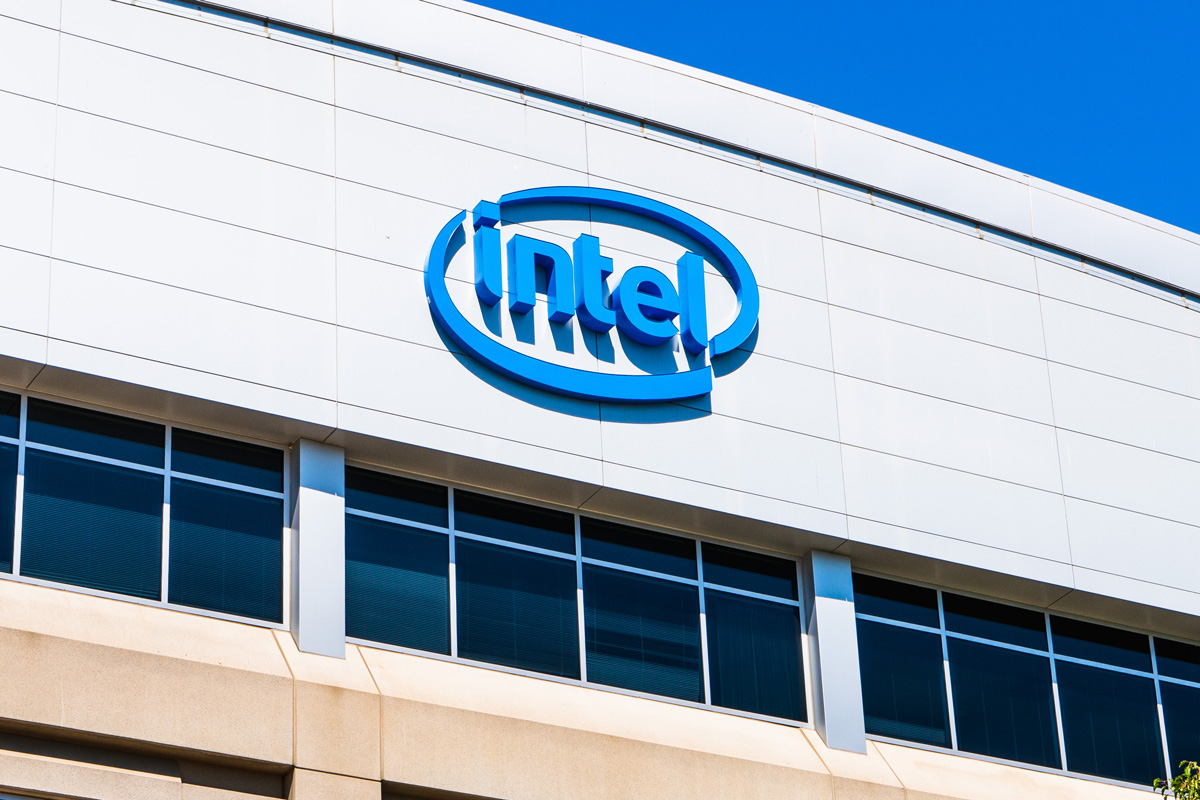Intel, once the biggest chipmaker in the United States by revenue, is facing mounting financial troubles that threaten to derail the US government’s ambitious strategy to revitalise domestic chip manufacturing.
Intel shares have taken a hard hit in recent months after the company reported a staggering net loss of 1.61 billion US dollars in the second quarter and announced cutting about 15,000 jobs to save costs. This is viewed as an especially troubling sign when the company is expected to bolster the US semiconductor workforce.
Advertisement
Intel’s stock has plummeted by about a third since the release of its latest earnings report in August and nearly two-thirds this year.
This fall has pushed Intel’s market value below 100 billion dollars for the first time in three decades, as the company struggled to compete with artificial intelligence (AI) chip designers while missing the growth opportunities from the AI-driven boom.
Intel was reportedly considering a range of options to cut costs, including separating or selling its foundry business or building chips based on designs from other companies.
The US government bet big on Intel to boost domestic chip manufacturing. The company’s foundry business was viewed as crucial to achieving that goal.
In a show of support, the US Commerce Department announced in March that it would award Intel a nearly 20-billion-dollar incentive package, including 8.5 billion dollars in grants and 11 billion dollars in loans. This represents the largest award under the CHIPS and Science Act of 2022, Xinhua news agency reported.
The CHIPS Act, which allocated 39 billion dollars in grants to incentivize chip companies to build factories in the United States, aimed to reverse the decades-long shift of semiconductor production to Asia.
According to the Commerce Department’s announcement in March, the government’s incentive was designed to support Intel’s efforts to produce cutting-edge semiconductors at large-scale plants in Arizona and Ohio. The money was also reported to help pay for research and development and advanced packaging projects at facilities in Oregon and New Mexico.
Intel is currently constructing four chip factories in the United States, with two facilities each in Ohio and Arizona. The two factories in Licking County, Ohio, are part of a 20-billion-dollar project that could eventually accommodate up to eight factories and are expected to be completed in 2025.
In Arizona, Intel is investing over 32 billion dollars to build two new leading-edge chip factories and modernize an existing facility at its Ocotillo campus, according to the company.
Intel CEO Pat Gelsinger said earlier that building chip factories in the United States is economically uncompetitive compared with Asia, and he expected the government’s incentives to help redress that imbalance.
However, despite these ambitious plans and the promise of government support, Intel has yet to receive any funds from the announced incentive package. Growing questions surround the timeline for Intel to access the nearly 20 billion dollars in CHIPS Act incentives, which are contingent on the company meeting specific milestones and requirements.
According to a Bloomberg report this month, the Department of Commerce declined Intel’s request for funds, instead insisting that the company meet key milestones and conduct significant due diligence before it would consider releasing the money.
The implications of Intel’s financial woes extended beyond US borders. The company paused plans for new chip factories in Germany and Poland and delayed the opening of a new chip packaging plant in Malaysia following its dismal second-quarter financial results.
Media reports suggest that Qualcomm had approached Intel to acquire parts of its business, though both companies declined to comment on the deal. Industry analysts, however, remained skeptical about the potential for such a deal to address the challenges facing US chip manufacturing.
Qualcomm, having never operated a chip factory before, may not be interested in buying Intel’s loss-making chip manufacturing unit, as it would be challenging to turn around or sell the unit, according to a Monday report by Reuters, citing industry analysts.









